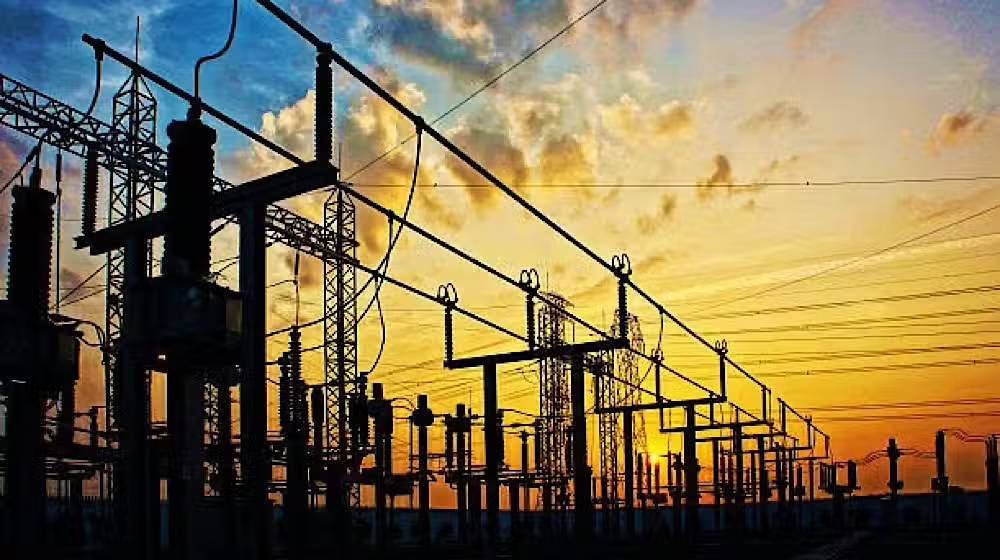Pakistan’s power generation recorded a modest year-on-year increase of 2.1% in June 2025, reaching 14,421 GWh compared to 14,122 GWh in June 2024. Despite this rise, the cost of power generation experienced a 6.3% decline, averaging Rs. 7.73 per unit, compared to Rs. 8.26 per unit in the same period last year.

Hydel sources remained the largest contributor, generating 4,866 GWh (33.7% share), followed by nuclear at 2,407 GWh (16.7%) and coal at 2,288 GWh (15.9%). LNG-based generation stood at 1,731 GWh (12%), while local gas contributed 1,099 GWh (7.6%). Import from Iran accounted for 49 GWh. Renewables such as wind and bagasse made up smaller portions at 505 GWh and 153 GWh, respectively.
Overall, the power generation mix showed stable reliance on hydel and nuclear, while costs dropped due to improved generation efficiencies and reduced dependence on more expensive fuels.
Pakistan’s power generation grew slightly by 2.1% in June 2025 with a notable 6.3% reduction in production cost. Hydel, nuclear, and coal remained key contributors, while LNG and gas followed. The energy mix continued shifting toward cost-efficient sources.
power generation, energy cost reduction, hydel and nuclear energy

